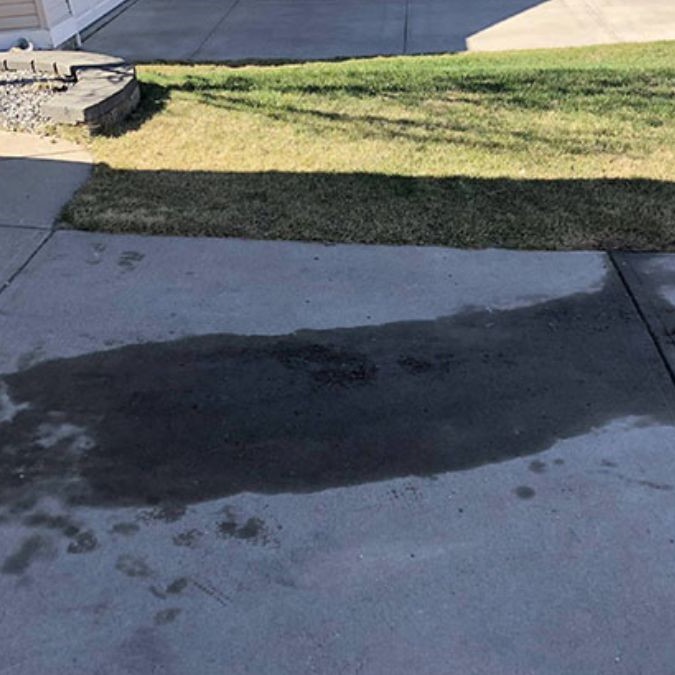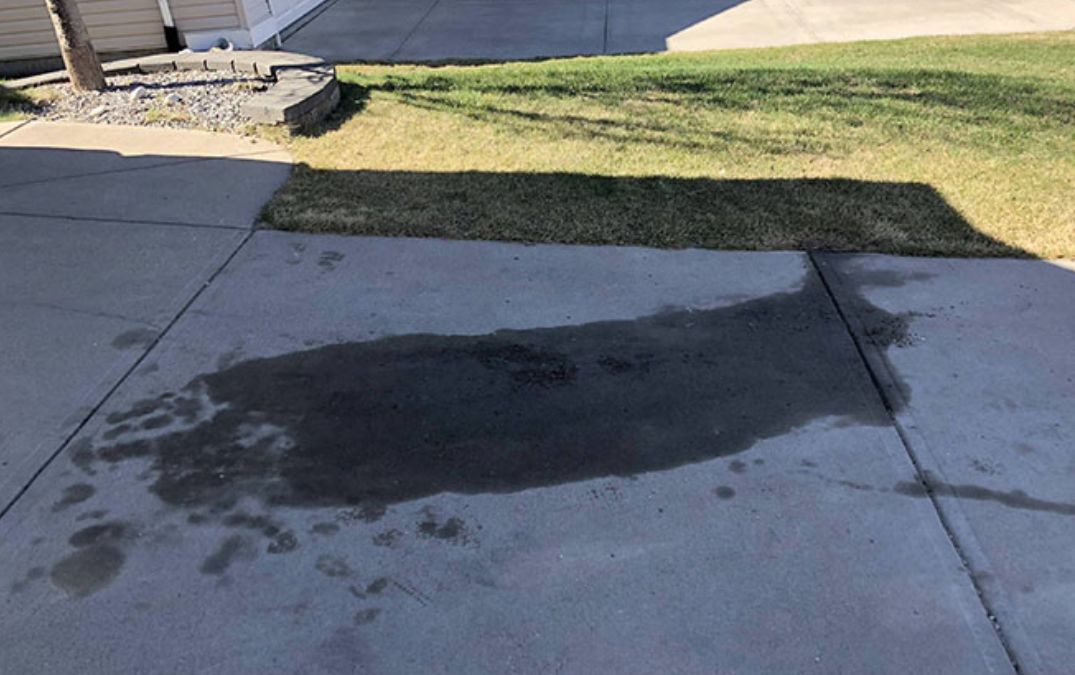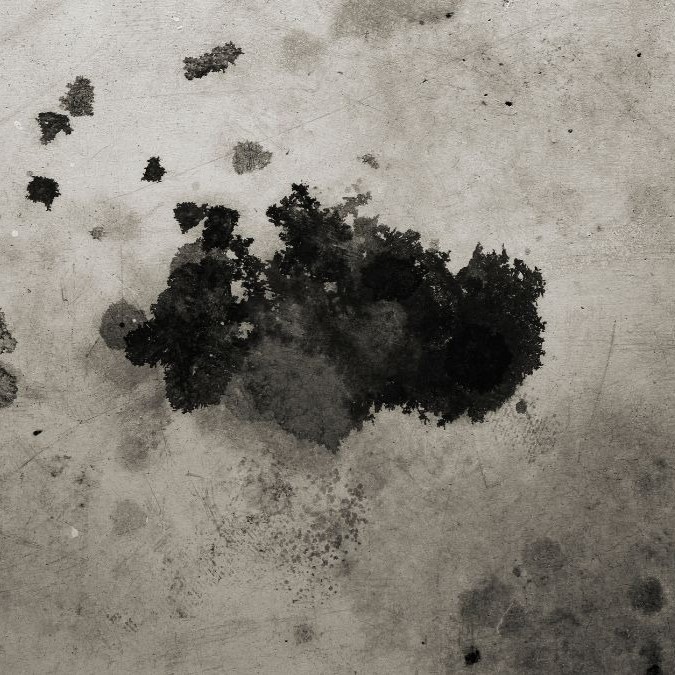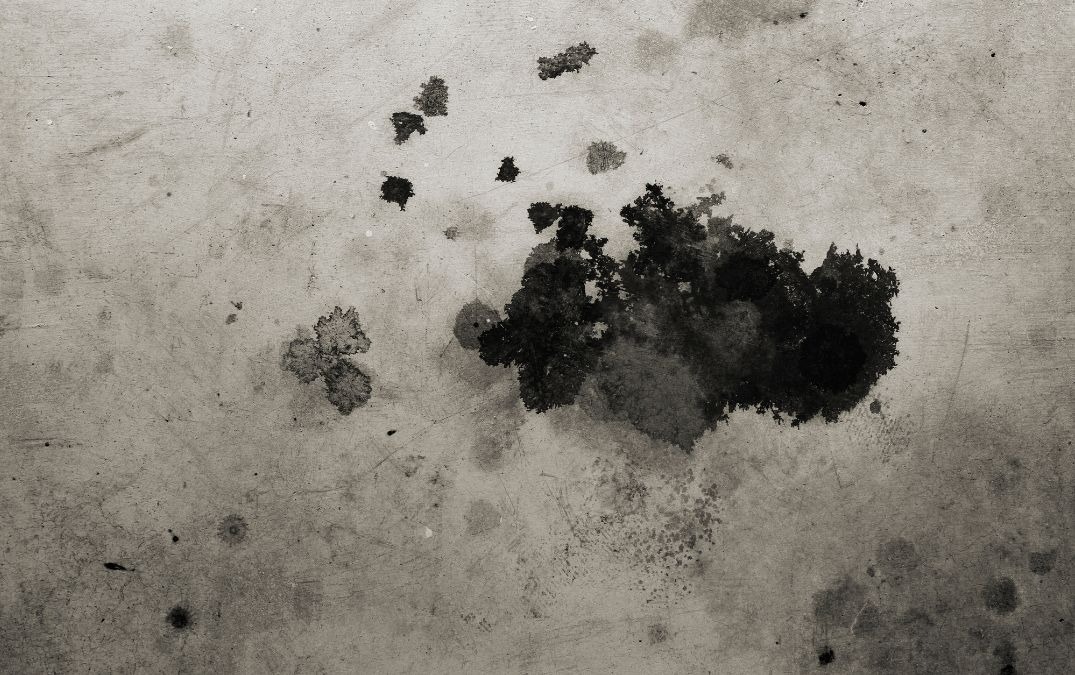How to remove an old oil stain from concrete
You will need to try a commercial degreaser or a specialised concrete cleaner. Apply the cleaner directly to the stain, following the product's instructions carefully. Let it sit for the recommended amount of time to penetrate the old oil.
Afterwards scrub the stain vigorously with a stiff bristle brush. The goal is to work the cleaner deep into the pores of the concrete to break down the oil residue. After scrubbing, rinse the area thoroughly with a hose or a pressure washer. For tougher stains, you might need to repeat this process several times.
If the stain is still visible, you can try using a poultice. Mix a solvent like acetone or mineral spirits with a powdered absorbent material such as baking soda or talcum powder to form a thick paste. Spread this paste over the stain, cover it with plastic wrap, and let it sit for 24 hours. The poultice will draw out the oil from the concrete. Afterward, remove the plastic wrap, allow the paste to dry, then scrape it off and rinse the area well.
Another effective method for old stains is to use a strong alkaline cleaner or a trisodium phosphate (TSP) solution. Mix TSP with water according to the package instructions, apply it to the stain, and scrub vigorously. Rinse thoroughly and repeat if necessary.



